Letter from the Co-PI: Public health and demography and economic threads
Letter from the Co-PI: Public health and demography and economic threads

Prof. Kang’ethe Eratus
Epidemiology Ecology and Social-Economics of Disease emergence in Nairobi (ESEI) is a project that has been implemented in Nairobi city for the last five years. In this newsletter I would like to review the public health and demography and economic threads of the research Project. At the outset, I wish to state that this is not sharing of the results obtained, as this is an on-going activity. The project uses E. coli as an exemplar to understand the processes and the pathways of pathogen introduction in the population through animal source foods.
Nairobi consumers obtain animal source foods from a varied number of pathways. It is imperative to understand these pathways by studying product value chains. These value chains are key to linking consumers to livestock and therefore the risk of transmission of microflora between them. Value chain analysis includes describing, mapping (directional).
understanding the governance and upgrading of the value chain. Red meat, poultry and milk value chains were targeted for this analysis. Sampling will be done at particular nodes of the value chains to isolate, phenotypically and genotypically characterize E. coli. Additionally, antimicrobial resistance profiles and genes associated with the resistance will be determined. To understand the mobility of the isolates between different animal and human populations is being undertaken by whole genome sequencing.
The project has also undertaken to understand the spatial distribution of E. coli among the different cross-sections of population in Nairobi. We are seeking to understand whether socio-economic stratus influence the spatial distribution or how keeping livestock or contact with livestock may influence this distribution. Nairobi was divided into 7 economic zones based on income and a total of 99 households from 33 sub-locations are being sampled. Of the three households one has large livestock, one no livestock and one small livestock. The 99 households residents are interviewed, clinical examination, and food consumption and economic data collected as well as fecal samples from the livestock and humans, food, environmental and water samples from surface pools collected for E. coli isolation and characterization.
Sample analysis takes place in two laboratories at the University of Nairobi that analyses all the livestock and environmental samples and Kenya Medical Research Institute analyses human samples. Synthesis of the data will help answer the questions set out under these two threads.
This blog entry is an article on our quarterly Urban Zoo Newsletter Volume 3 Issue 3 which can be accessed by clicking here.





 Authored by J
Authored by J
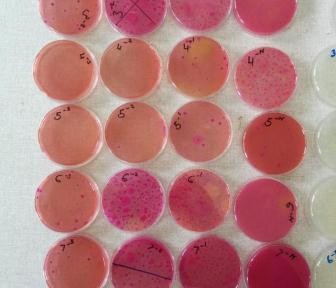
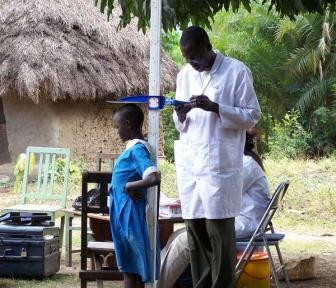
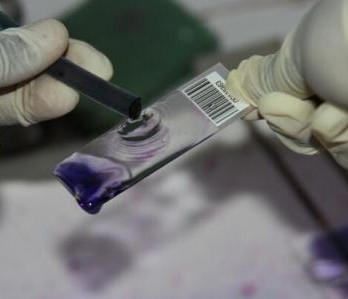
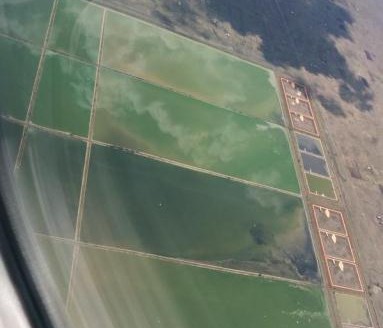
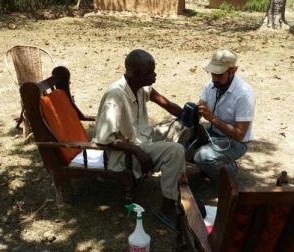
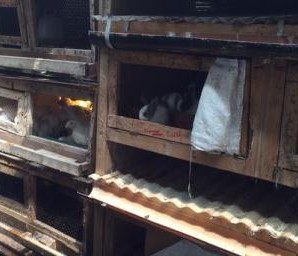
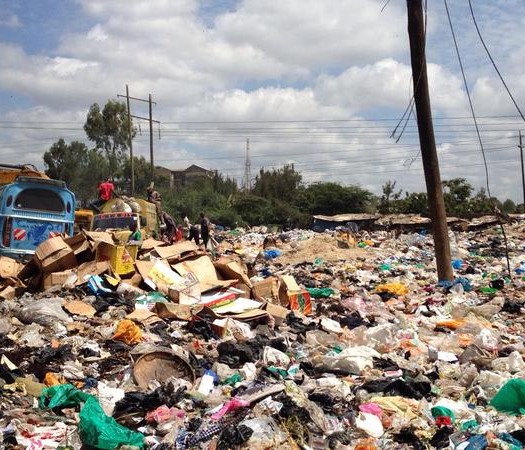
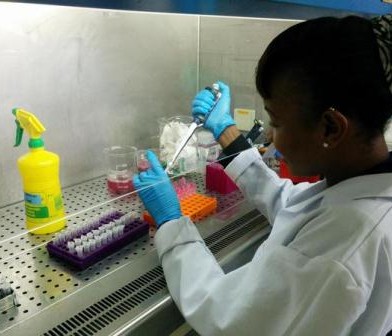
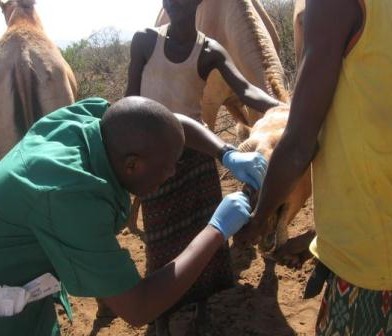
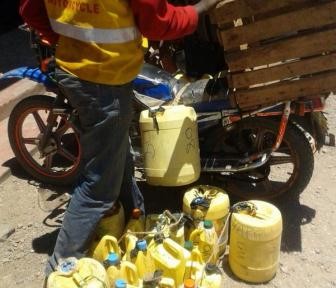
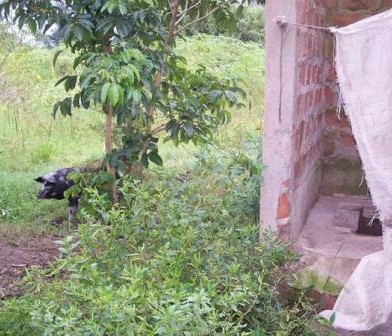
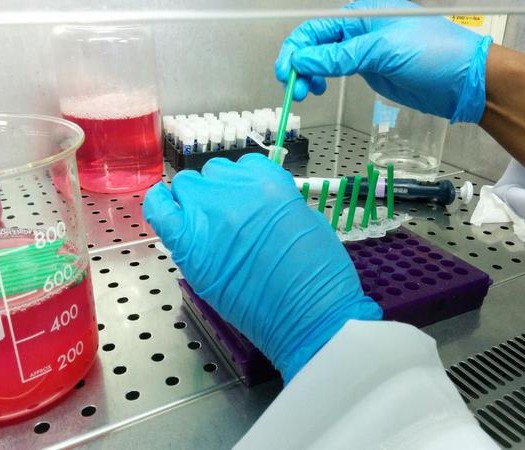
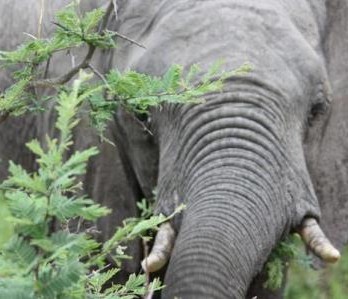
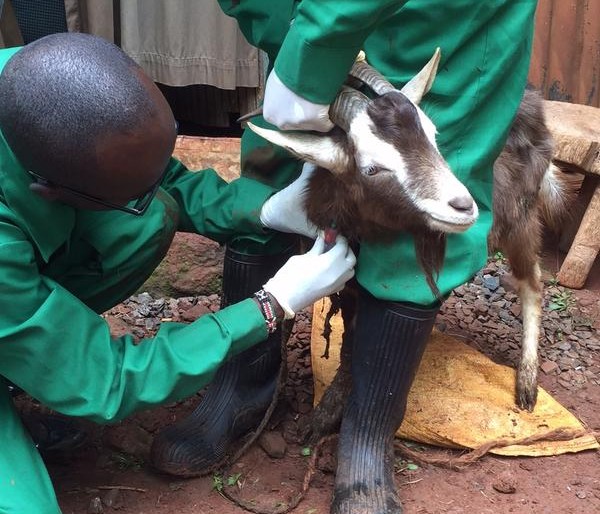
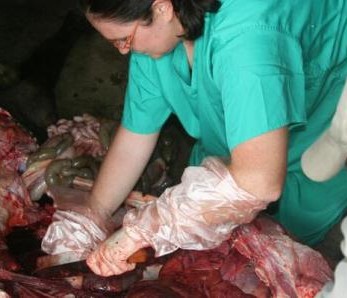
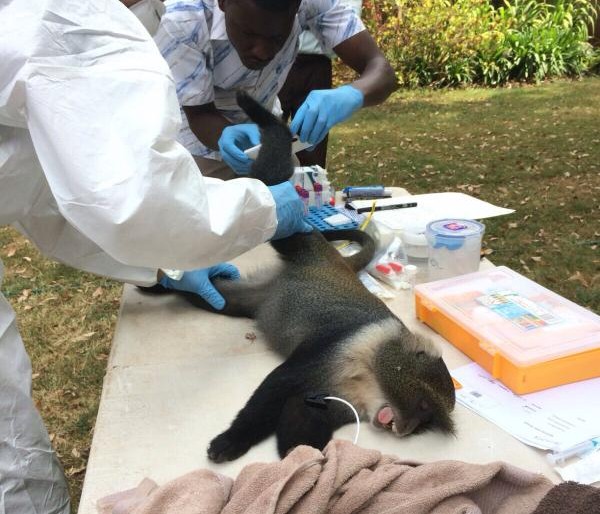
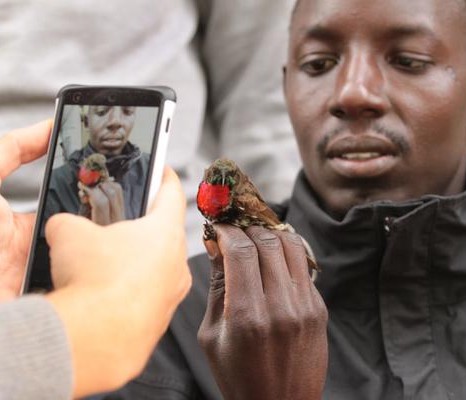
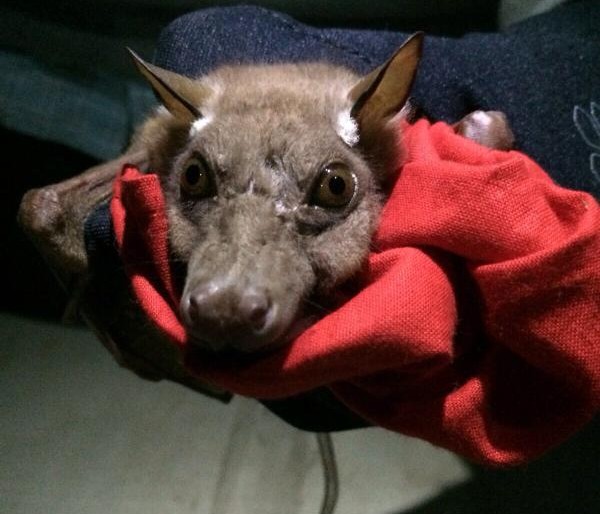
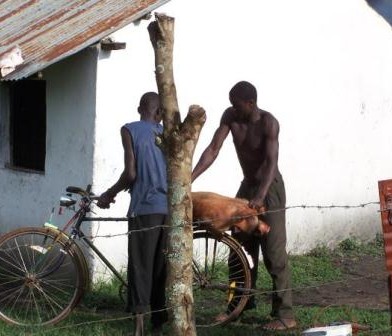
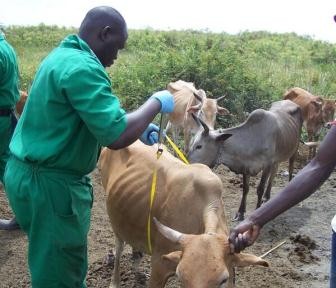
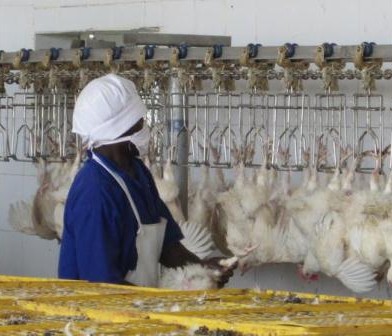
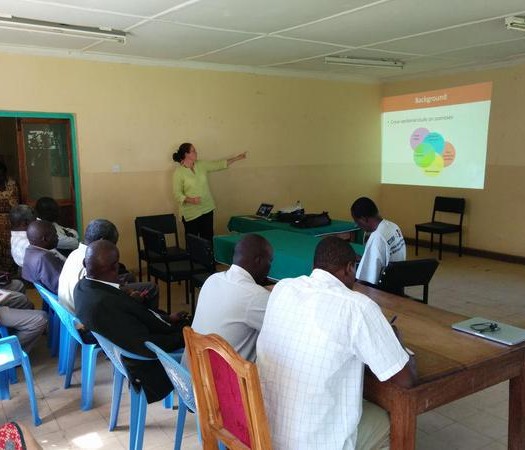
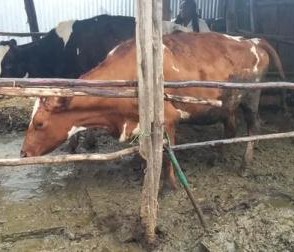
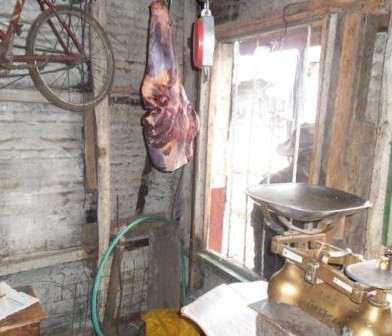
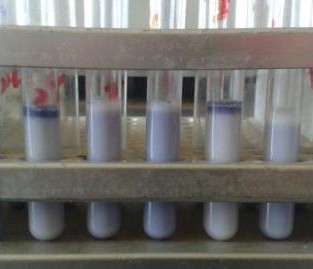
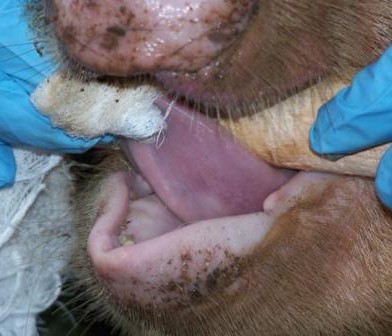
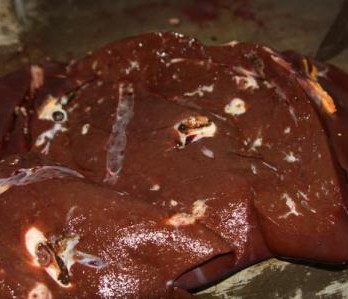
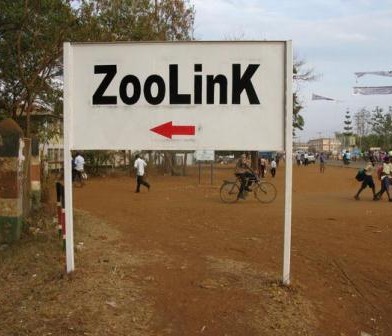
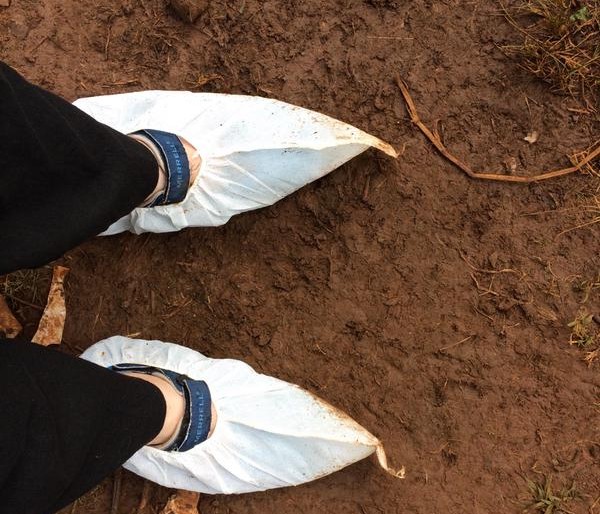
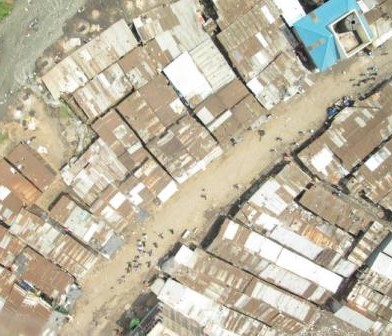
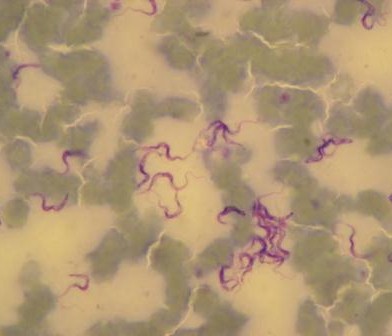
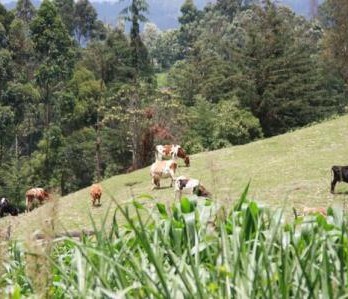
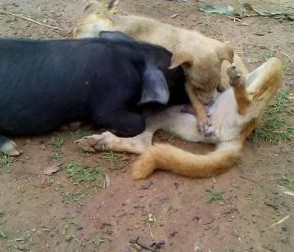
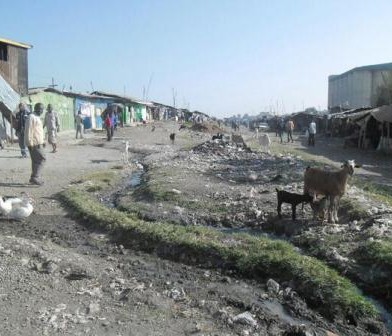
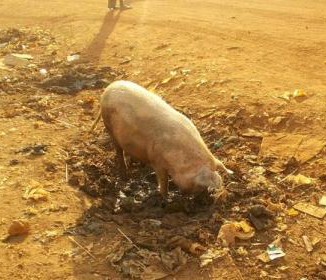
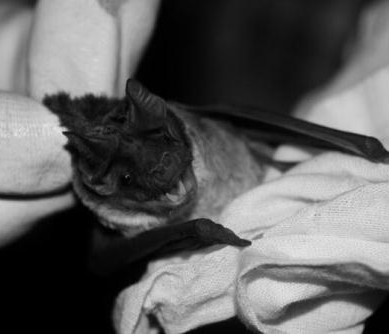
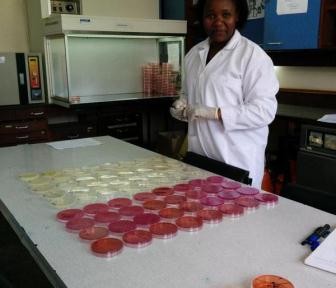
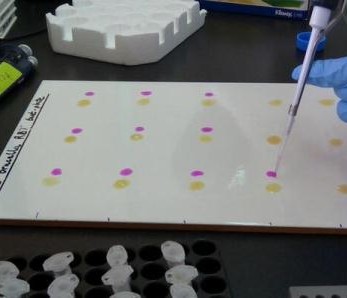
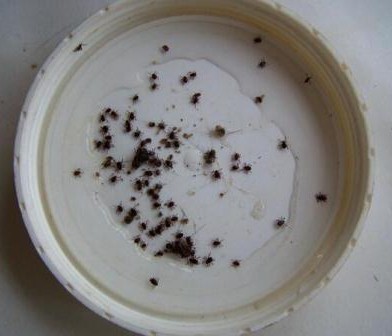
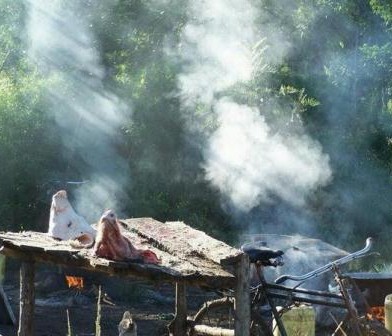
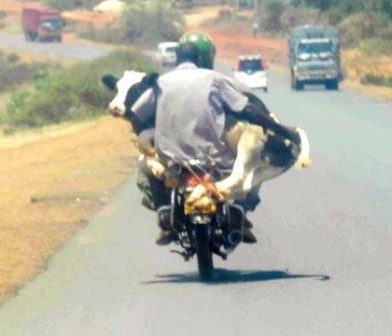

You must be logged in to post a comment.